Chris Grinter, on April 19th, 2011
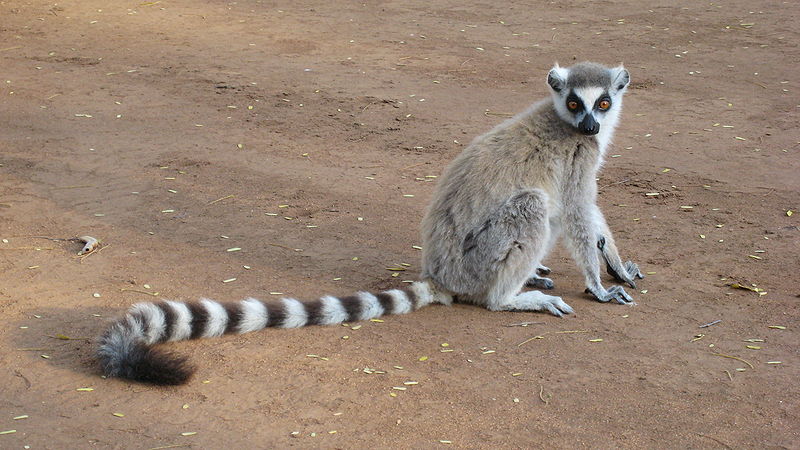 Source: Wikipedia It turns out that Richard Branson has a new idea; to save the ring-tailed lemur (Lemur catta) by importing them to his private British Virgin Island. As the article points out Branson spent millions of pounds and years of effort to turn the island into “the most ecologically friendly island in the world”. But it appears Mr Branson has decided to forgo conservation science and rewrite it in a more PR friendly way. In come the lemurs despite the cautions of his own ecological assessment because he wants “…to create a second island habitat and the conditions on Moskito are perfect.” Perhaps Branson has a bizarro world dictionary where the definition of the word perfect is “something completely dissimilar from the original”.
OK sure, at first the idea sounds like a fine one – the lemurs are endangered, why not try to give them a second wild refuge? Dobře, Dr James Lazell of the Conservation Agency has had 31 years experience in the Virgin Islands and has pointed out that “Lemurs are agile, dexterous, aggressive, omnivorous animals that could have a detrimental effect on these simple island ecologies. They eat absolutely everything – lizards, fruit, roots, hmyz, birds’ eggs.” Oh but don’t worry, nothing bad can happen when you introduce primates to an island (introduced primates devastate Florida Key). Branson knows that the lemurs will only “take the odd gecko” (like the rare endemic dwarf-gecko Sphaerodactylus parthenopion), not to mention they probably won’t spread to other islands since they “hate swimming” (ring tailed lemur swimming).
So why then the ring-tailed? Not because it is the most endangered (existují lots of other more endangered lemurs), but because it is the most iconic. That is what really drives me up the wall about this ridiculous idea. Not only is he naively introducing a possibly invasive species into a sensitive island habitat – but because he is spreading a false message of conservation. Like a slow child Branson has rushed to the ring-tailed to save it while completely missing the entire idea behind conservation. The ring-tailed is a flagship species, one that draws attention to the devastation that is occurring in Madagascar. One cute cuddly animal to represent the staggeringly unique and diverse habitats of its homeland. But not if Richard Branson has anything to say about it. Why bother protect Madagascar when you can swoop in and create a new home for a primate everyone loves? Fuj, crisis averted. Richard fiddles while Madagascar burns.
I suspect this freakish island zoo is simply masquerading as conservation and the real incentive behind it is commercial. Over the next few years there will be a handful of “luxury, carbon-neutral homes built on the island”. A pretty brilliant scheme to incentivize the purchase of homes that undoubtedly will cost tens of millions of dollars each – and you can pretend to feel good about protecting the world while you do it. After all the Virgin Islands lack any charismatic wildlife; nature sure does a terrible job of creating a billionaires wonderland. What comes next to the island?
Možná, že… just maybe… Branson has Dr. Moreau moving in first.
Chris Grinter, on April 18th, 2011 A few weeks ago I was invited to join a Berkeley entomology class out in the field for the weekend. Our destination was the Rezervace Blue Oak Ranch; one of the newest reserves to the University of California system located just outside of San Jose on Mount Hamilton (map below). It was a joint spider and beetle class trip, hosted by Charles Griswold a Dave Kavanaugh respectively. And despite a frost on Saturday night we managed to find some interesting insects. You’ve already seen my images of the Scaphinotus (Carabidae), but here is a larger set of images from both myself and colleague and fellow blogger Tamas Szuts.
 Staphylinidae: Aleocharinae? 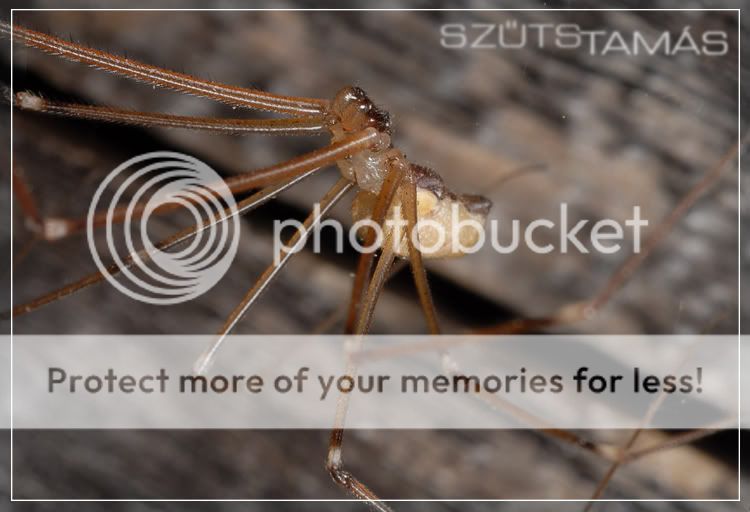 Pholcidae : likely Pholcus sp. 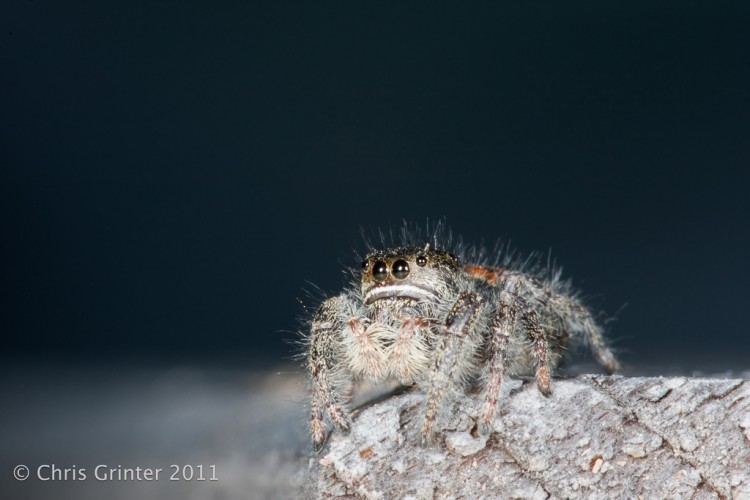 Salticidae: Phidippus sp. Continue reading Blue Oak Ranch Reserve
Chris Grinter, dne 6. dubna, 2011 OK – několik omluv, že *zatím* nemáme plné obrázky dotyčných larev (Budu za pár dní!). O víkendu jsem byl se skupinou studentů z Berkeley na Mount Hamilton a doktorandka Meghan Culpepper nasbírala několik druhů Scaphinotus a několik larev.! Vzorek z pondělí tedy byly skutečně larvy brouka Scaphinotus hodující v ulitě původního suchozemského hlemýždě. Tato výzva byla těžká, protože s těmito dravými larvami Scaphinotus se setkáváme jen zřídka a neexistují žádné obrázky. – a nikdo z nich se nekrmí. Příště víc štěstí!
Pro teď, zde je neurčený druh Scaphinotus. V příštích týdnech budu mít 4-5 druhy fotografované a identifikované (od Meghan) – a larvy bude muset být sekvenovány pro druh ID. Zůstaňte naladěni.
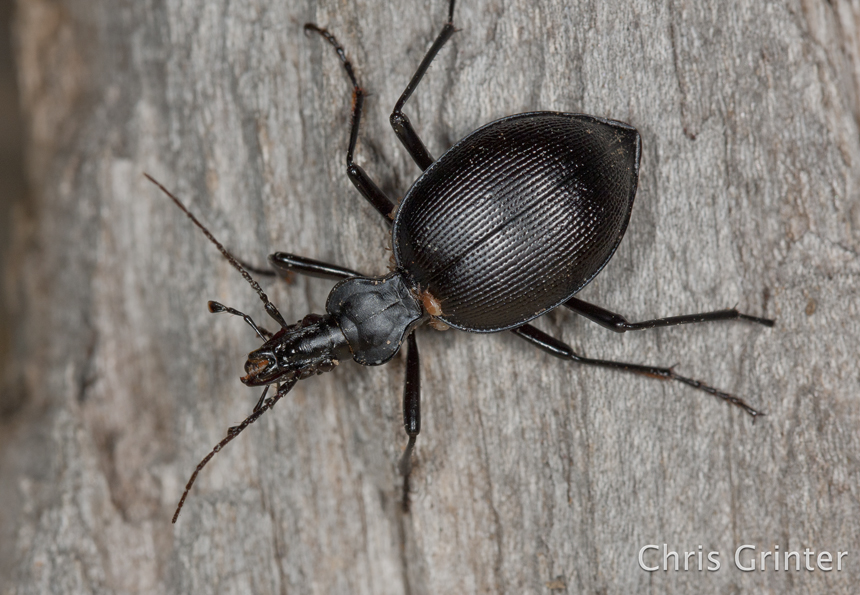
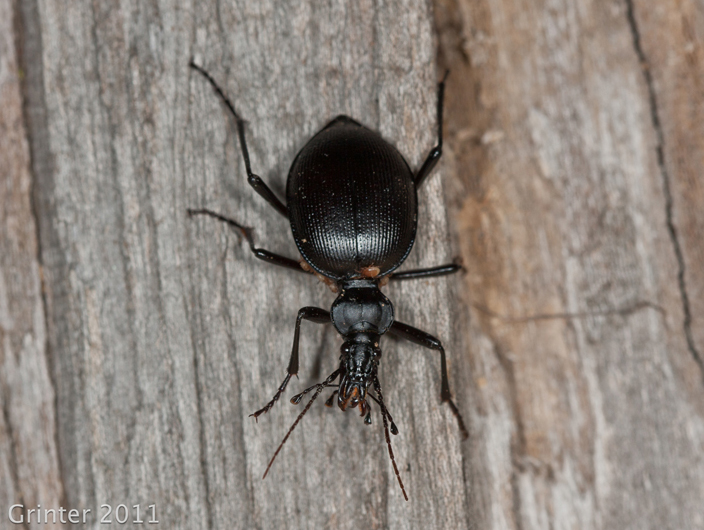
Chris Grinter, on April 4th, 2011 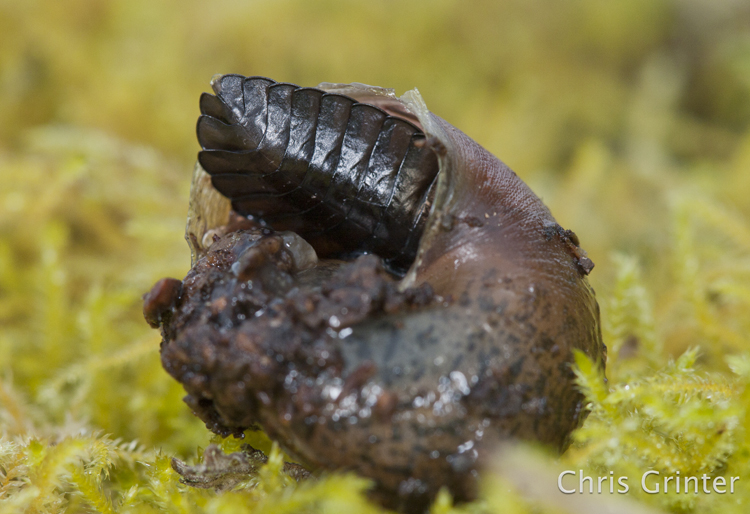
Came across this guy while out in the field the other day, what’s going on here? Points awarded for Order/Family/Genus – but even experts in this group can’t figure out the species quite yet.
(everyone in the field with me should hold their comments until the guesses come in!)
Chris Grinter, 30. března, 2011 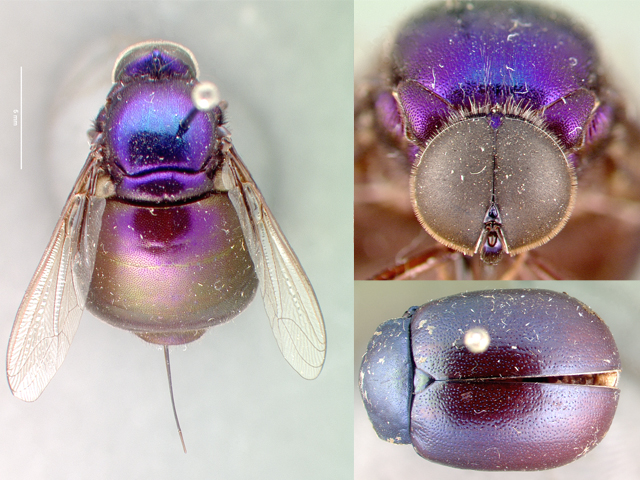 Glass klettii: Fotografie v dubnu Nobile, POUZDRO Glass klettii: Fotografie v dubnu Nobile, POUZDRO
Z velké části mouchy nejsou hmyz jsem si příliš nadšený. Nicméně, tajemný rodina Acroceridae jsou výjimkou. Začnu sdílet některé zajímavé rody čas od času – morfologie rodiny je úžasně rozmanitá. Většinu svých dní trávím v muzeu inventarizací naší rozsáhlé sbírky 16,000 Acorceridy (alias mušky malohlavé). To nemusí znít příliš působivě, když to porovnáte s jinými početnějšími rodinami (a bledne ve srovnání s koncem 17,500,000 jiný exempláře, které máme v muzeu); ale ukazuje se, že představuje mnoho, ne-li většina, z Všechno známé exempláře pro celou rodinu. I když pravděpodobně existují velká shromáždění těchto much v jiných institucích, Kalifornská akademie věd si může tento rekord snadno nárokovat od doby, kdy obdržela sbírku Dr. Evert I. válec (který občas přijde do práce z muzea).
Ukázalo se, že akroceridy jsou poměrně obtížně studovatelnou skupinou, protože jsou v přírodě vzácné, jejich parazitoidní biologie, a jak těžké je chytit na křídle. Jejich velký hrudník je plný svalů, které létají vzduchem – takže pokud je nechytíte na květině, budete toužit po pasti na Malaise. Ev mi vyprávěl jeden příběh o tom, jak se je naučil chytat na křídle v Kostarice. Stojíte po větru od kolegy v poli – jakmile někdo něco zaslechne, divoce se houpeš a doufáš, že chytíš mouchu náhodou… funguje to jednou za čas. Tyto mouchy jsou také jedinými známými endoparazity dospělých pavouků (může existovat záznam o tachinidovi…). Výše uvedený rod, NeoLasia, je parazitem sklípkanů Theraphosid (něco jako Aphonopelma). Jako larva se moucha propracuje po pavoučích nohách a zavrtá se do břicha, kde se poté usadí vedle plicní knihy a vystrčí malý dýchací otvor.. Pak trpělivě čeká, až se pavouk blíží dospělosti. Se samičkami sklípkanů, moucha mohla být nečinná po celá desetiletí. Nakonec se stane něco podobného jako ve filmu Vetřelci a larvy se živí vnitřními orgány pavouka a pak se vynoří, aby se zakuklily.. Ale zjistit, zda pavouk má nebo nemá parazita, je nemožné bez pitvy – takže k získání záznamů o hostiteli je třeba udržovat velké sbírky živých pavouků. Biologie parazitoidů je prostě skvělá.
Výše uvedený exemplář (Glass klettii nový, bezejmený, druh) byl shromážděn v 1977 od Schlinger poblíž města Alamos, Mexiko – na květiny s pravděpodobným mimickým modelem, brouk Chrysomelidae (broučí lidé, jakékoli nápady mimo rodinu?).
Chris Grinter, 24. března, 2011 Better be careful of what you do while out in the countryside. Farmy může být nebezpečná místa, zvláště pokud jste fotograf. Navrhovaná právní úprava na Floridě, s názvem prostě “farmy”, se snaží, aby se fotografování nebo kresby, on or z a farm without explicit written consent a first degree FELONY (až k 30 years in prison). What could possibly be the justification for this legislation? Journalist Barry Doyle suggests the good Senator is tightly in the pockets of Agribusiness – looking out for those poor farmers who are targeted by animal rights groups or even worse – human rights groups! I tend to concur, this legislation is a disgusting piece of corruption. It gets pretty bad:
(2) A person who photographs, video records, or otherwise produces images or pictorial records, digital or otherwise, at or of a farm or other property where legitimate agriculture operations are being conducted without the written consent of the owner, or an authorized representative of the owner, commits a felony of the first degree…
I strongly encourage any of my Florida readers to write to Senator Norman and express your absolute disgust in his legislation.
14031 N. Dale Mabry Blvd.
Tampa, FL 33618
(813) 265-6260
Senate VOIP: 41200
I also encourage everyone else everywhere else to write to your US representative and exclaim your outrage over this possible violation of first amendment rights (only a proposed violation at this moment).
And just for good measure, here is a bad cellphone picture I took while in Oregon with lots of farms.
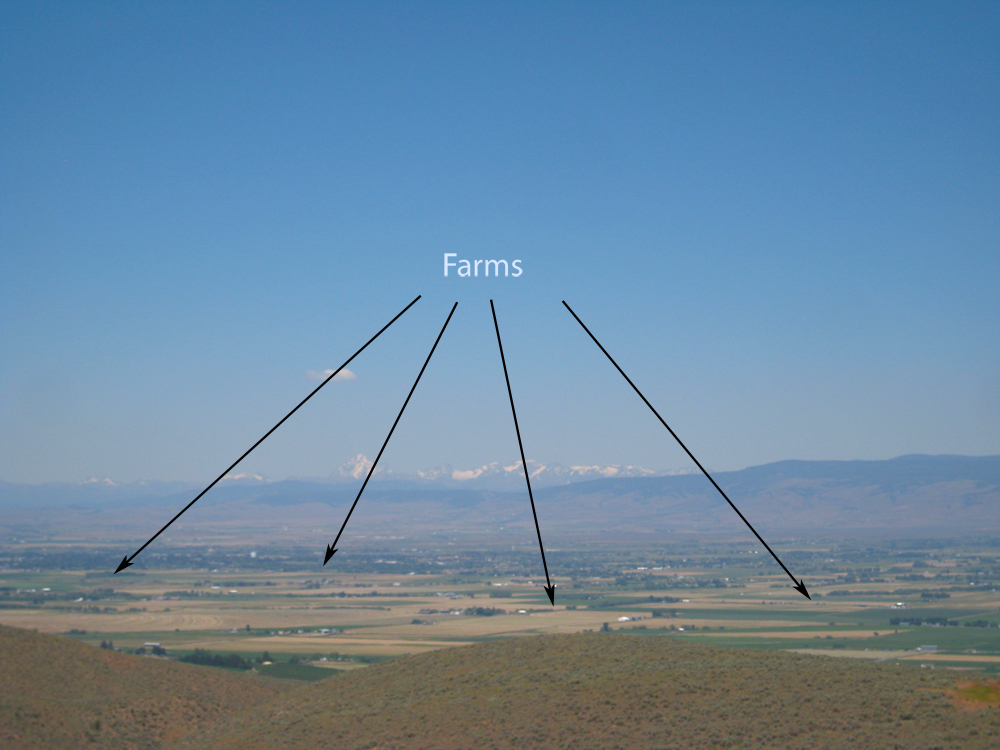
Chris Grinter, na 22.března, 2011 Obvykle jsem narazil hrozné entomologie články pravidelně natolik, že jsem se zachránit nevyřízených pro budoucí série. To nebyl případ v posledních několika týdnech, Nepřišel jsem přes normální pole hrozného médií crud. Možná jsem jen dostat vyčerpaný a přestat dívat, jak pečlivě – ale tento týden jsem dokonce narazil na můra související oprava z Maui News. Jsou pevné svoji chybu, ale musí být odstraněn původní článek…
A tento týden jsem našel tento článek se na obrázku níže. Měl by být docela snadné vypátrat podivnosti (oni na alespoň podaří poukázat na to, že je můra ne LBAM (světle hnědá apple můra)).
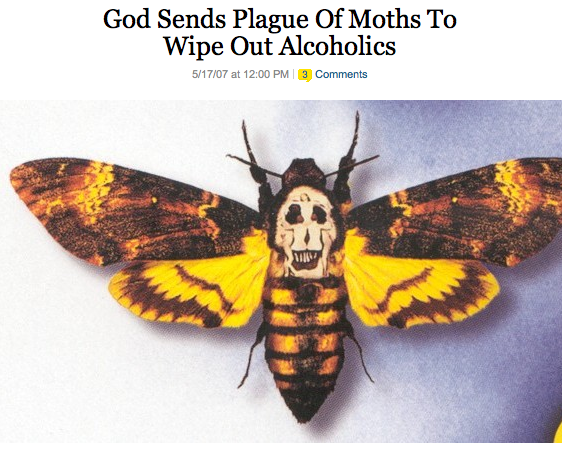
Chris Grinter, 18. března, 2011 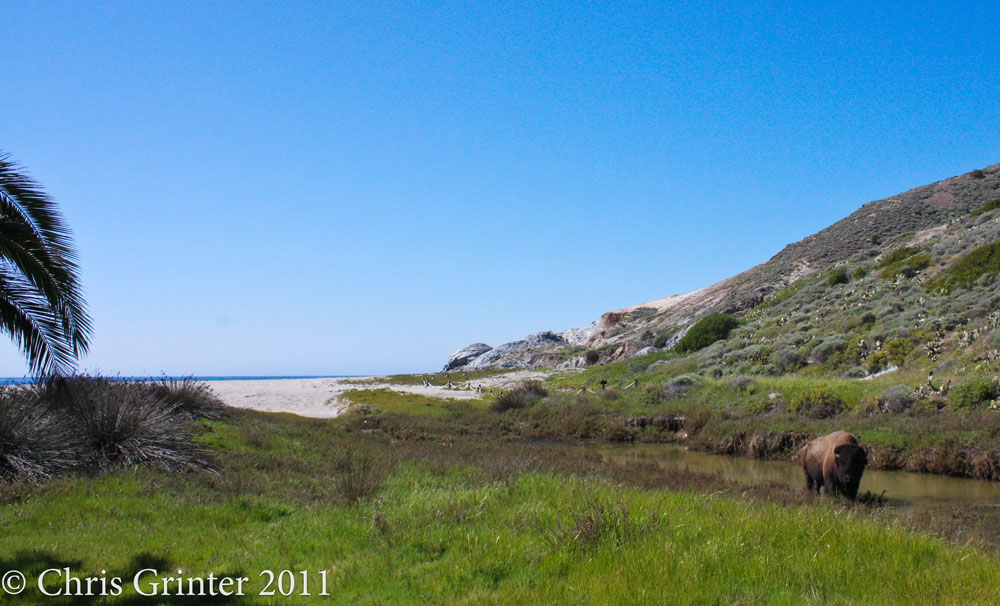
Snad jediné místo na světě, kde si můžete najít Americký bizon (proti. buvol) stojící v blízkosti pláže, vedle palmě. Týden v Santa Catalina byl báječný člověk, a to i přes chladné jaro s několika nevhodný mrazy, některé slušné sběr byl proveden. Here are just a few amusing images and you’ll notice one thing right away: no fields of wildflowers! As it turns out, almost a century of goat, pig and bison grazing has left mostly grass and cactus on the island. At one point there were over 1000 bison and countless herds of goats; it’s a wonder anything survived at all! Dnes, there are thankfully only a modest ~200 bison left that are even on birth control (you guessed it, you can’t shoot the damn things since people “love” them – just like the stupid eucalyptus you can’t cut down). V 1924 a small heard of bison were brought over to shoot the movie The Vanishing American. Přirozeně, the project went over budget, the scene was cut and the animals were let loose instead of paying to return them home. 80 years later and you’re left with an island you can only fight to “conserve” and not restore. Sad fact is that we have no clue what the island actually used to be like. It’s even hypothesized that the endemic island fox (of which we saw 6!) was brought over by indigenous peoples a few thousand years ago from neighboring islands. I guess it’s in our nature to mess with our environment.
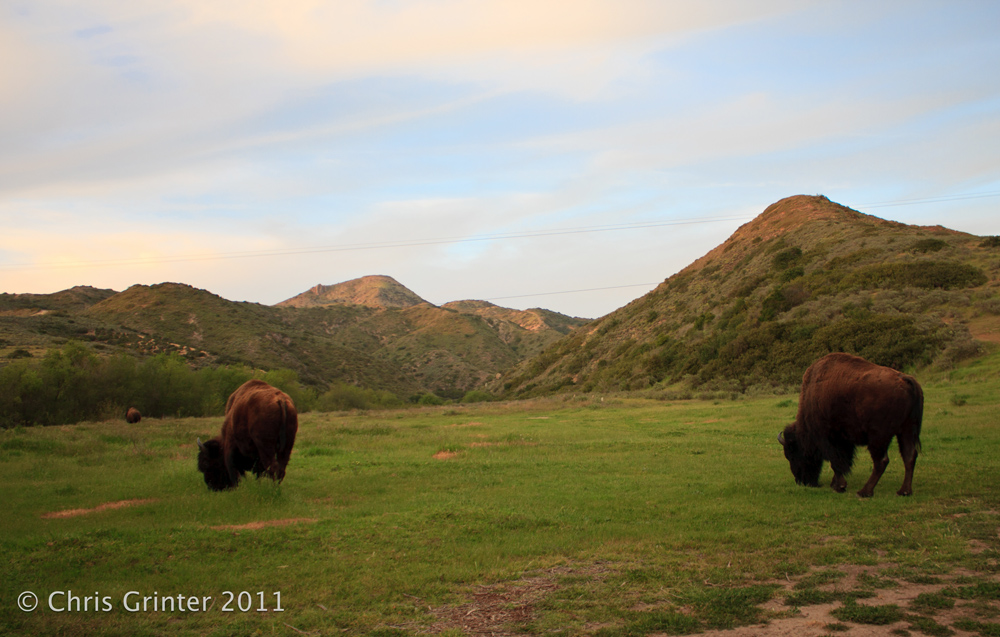
As I was photographing the above, this beast walked up behind me. It wasn’t running, I was!
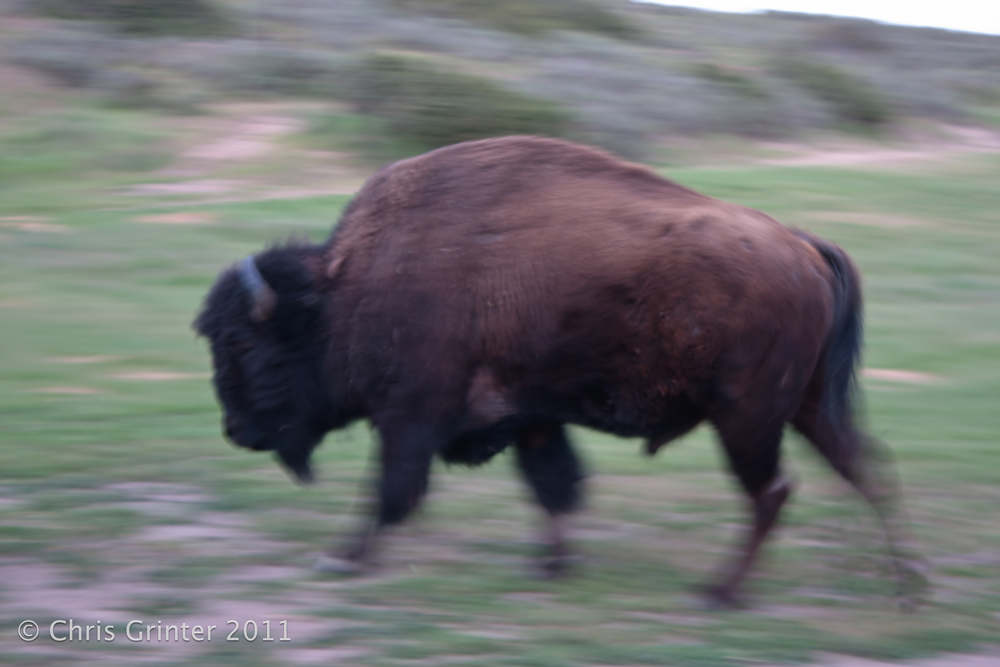
Chris Grinter, 8. března, 2011 [cetsEmbedGmap src = http://maps.google.com/maps?LL = 33.393039, -118,416824&SPN = 0.359452,0.715485&t = h&z = 11 width = 600 height = 330 marginwidth = 0 marginheight = 0 frameborder = 0 scrolling = auto]
Zítra ráno odjíždím na 10 denní sběratelský výlet dolů do Ostrov Catalina. Byl jsem to štěstí, že pozvání do Dr. Jerry Powell UC Berkeley na můry průzkumu, a to bude poprvé, co jsem se na některý z ostrovů. Normanské ostrovy jsou známé svou vysokou úrovní endemismu, a nikdo není slavnější než on Channel Island Fox. Existuje také několik endemických motýlů a můr, které budu doufat, že najdu, ale přinejmenším vím, že je sezóna divokých květů, a mám foťák připravený.
Během pobytu na ostrově budu mít pravděpodobně malý nebo žádný přístup k internetu, tak vydrž týden. Kdybych plánoval dopředu, měl bych naplánované příspěvky nebo hostujícího autora! Prosím, zůstaňte naladěni na některé z mých prvních obrázků 2011 polní sezóna.
Chris Grinter, 3.března, 2011 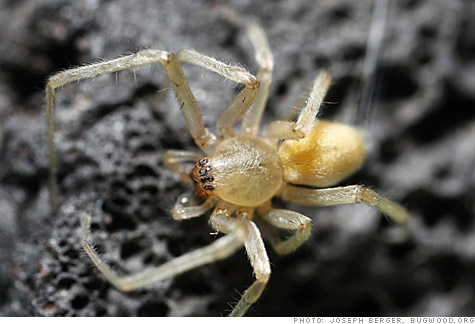
Podle všeho něco v Mazdě 6 palivové potrubí je teplý a lákavý pro pavouka žlutého vaku, natolik, že se staví pásů přes větrací systémy 4 válců vozidla (a nikoli 6!). Problém byl považován za “spider napadení” podle automobilky, a ucpané ventilační potrubí pak může vést k prasknutí plynové nádrže a možnosti požáru.
“Určitý typ pavouka může utkat síť v odvětrávacím potrubí odpařovací nádoby, což může způsobit omezení vedení”
Zatím jen 20 případy jsou potvrzeny, ale tento problém je natolik rozsáhlý, že vedl ke stažení přes 52,000 sedany! Myslím, že je nejvyšší čas, aby si velké automobilky najaly entomologické konzultanty – po všem, moje záloha by byla mnohem nižší než náklady na toto stažení…
Konzultoval jsem to s naším rezidentním týmem arachnologů zde na adrese POUZDRO, a výše uvedený obrázek se zdá být vak pavouk. Z obrázku je to příliš těžké poznat, ale pravděpodobně se nejedná o závažné taxonomické selhání.
|
Skepticismus
|














